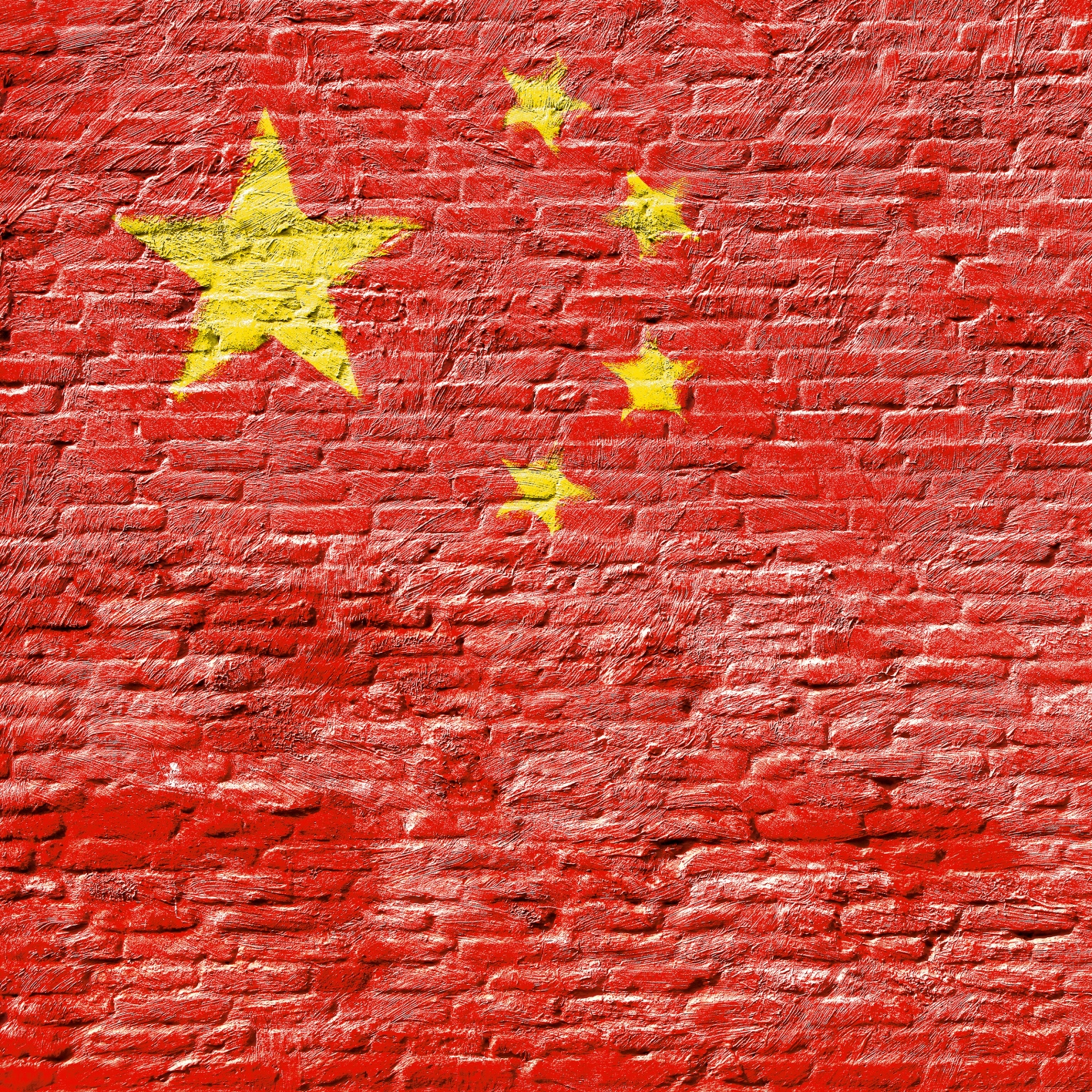Cars and Drivers
How Long Can Tesla Struggle to Get a Deal Done in China?

Published:
Last Updated:

Tesla Inc. (NASDAQ: TSLA) may be the biggest-selling electric automaker in the United States, but it continues to struggle to expand its footprint in China, the world’s largest car market. The sticking point is whether Tesla will be able to open a factory there.
According to Bloomberg:
More than seven months after Tesla said it was working with Shanghai’s government to explore assembling cars, an agreement hasn’t been finalized because the two sides disagree on the ownership structure for a proposed factory, according to people with direct knowledge of the situation. China’s central government says the plant must be a joint venture with local partners, while Tesla wants to own the factory completely, the people said, asking not to be identified because the negotiations are confidential. Currently, all foreign automakers must partner with Chinese companies in order to manufacture locally.
Tesla managed to deliver fewer than 30,000 vehicles in the fourth quarter of last year, despite assurances by founder Elon Musk that the number eventually will be in the hundreds of thousands. Management reported along with the most recent quarterly report:
In Q4, we delivered 28,425 Model S and Model X vehicles and 1,542 Model 3 vehicles, totaling 29,967 deliveries. Combined Model S and Model X deliveries in Q4 grew 10% globally compared to our prior record in Q3, and they grew 28% compared to Q4 2016. As we indicated heading into Q4, production of Model S and Model X during the quarter was limited to 22,137 vehicles due to reallocation of some of the manufacturing resources to Model 3 production. This enabled us to reduce our finished-goods inventory to the lowest level in about 18 months.
Also:
We continue to target weekly Model 3 production rates of 2,500 by the end of Q1 and 5,000 by the end of Q2. It is important to note that while these are the levels we are focused on hitting and we have plans in place to achieve them, our prior experience on the Model 3 ramp has demonstrated the difficulty of accurately forecasting specific production rates at specific points in time. What we can say with confidence is that we are taking many actions to systematically address bottlenecks and add capacity in places like the battery module line where we have experienced constraints, and these actions should result in our production rate significantly increasing during the rest of Q1 and through Q2.
The question is whether the company will be bringing its production difficulties to a factory in China, assuming it can ever strike a deal there.
While results did beat consensus expectations for the latest quarter, the company still posted a massive loss and underdelivered on its Model S and Model X vehicles. Analysts, not surprisingly, had mixed reactions to that performance:
The failure to get a deal done in China is likely to leave analysts — and investors — even more unimpressed.
Shares of Tesla closed most recently at $323.66, with a consensus analyst price target of $321.70 and a 52-week range of $242.01 to $389.61. The stock is down about 7% in the past week.
If you’re one of the over 4 Million Americans set to retire this year, you may want to pay attention. Many people have worked their whole lives preparing to retire without ever knowing the answer to the most important question: am I ahead, or behind on my goals?
Don’t make the same mistake. It’s an easy question to answer. A quick conversation with a financial advisor can help you unpack your savings, spending, and goals for your money. With Zoe Financial’s free matching tool, you can connect with trusted financial advisors in minutes.
Why wait? Click here to get started today!
Thank you for reading! Have some feedback for us?
Contact the 24/7 Wall St. editorial team.